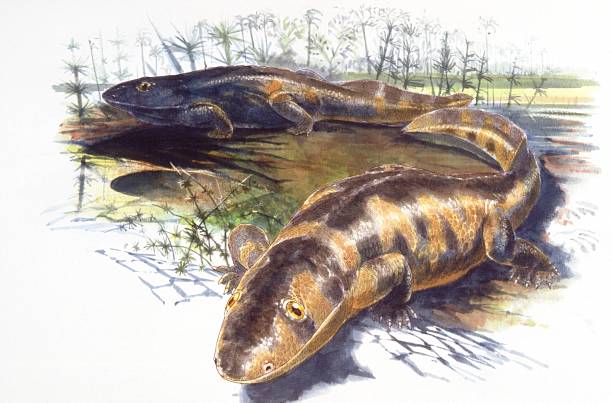Dinosaurs, whales, birds, humans, even fish— all are tetrapods, which clearly suggests they come from a single common ancestor. The clue to this ancestor, it was assumed, would be found in the Devonian era, from about 400 million years ago. Before that time nothing walked on land. After that time lots of things did. Luckily the team found just such a creature, a three-foot-long animal called an Ichthyostega. The analysis of the fossil fell to Jarvik, who began his study in 1948 and kept at it for the next forty-eight years. Unfortunately, Jarvik refused to let anyone study his tetrapod. The world's paleontologists had to be content with two sketchy interim papers in which Jarvik noted that the creature had five fingers in each of four limbs, confirming its ancestral importance.

Jarvik died in 1998. After his death, other paleontologists eagerly examined the specimen and found that Jarvik had severely miscounted the fingers and toes—there were actually eight on each limb—and failed to observe that the fish could not possibly have walked. The structure of the fin was such that it would have collapsed under its own weight. Needless to say, this did not do a great deal to advance our understanding of the first land animals. Today three early tetrapods are known and none has five digits. In short, we don't know quite where we came from.












